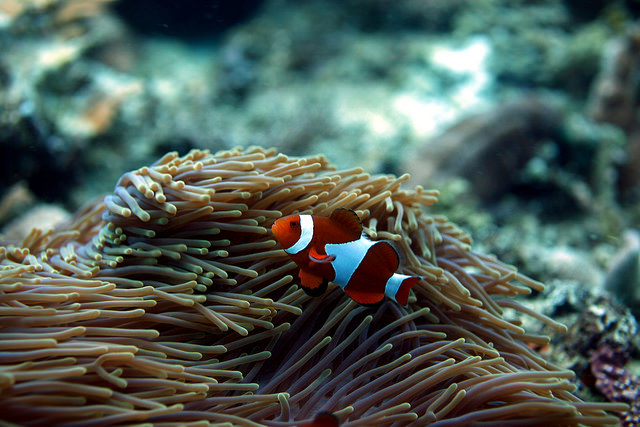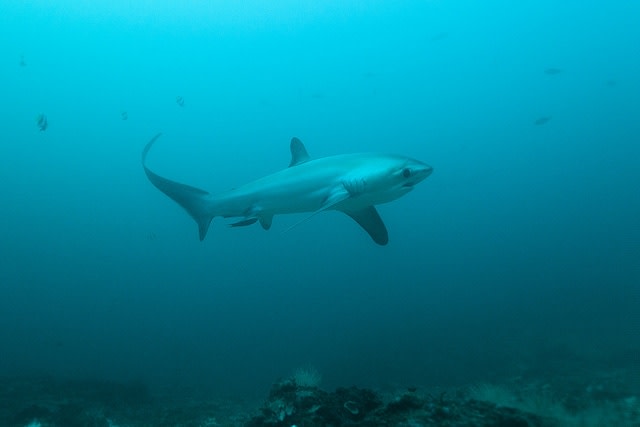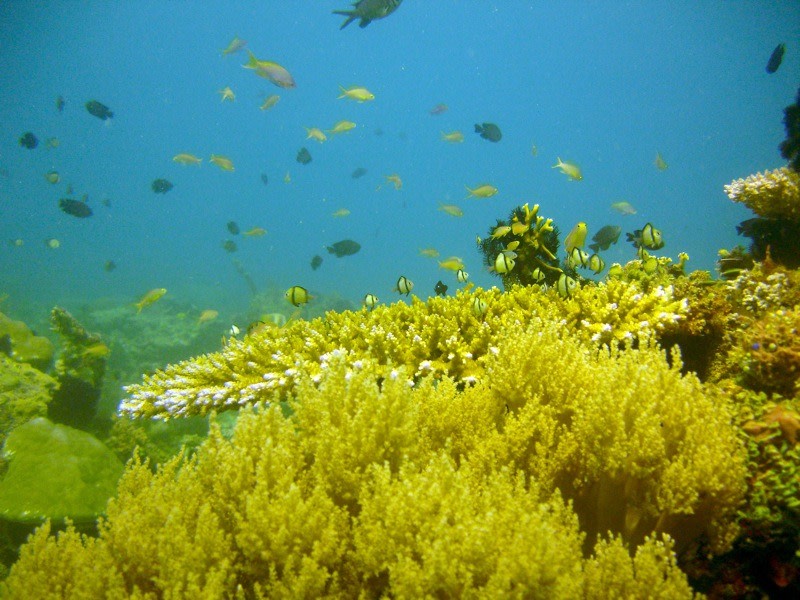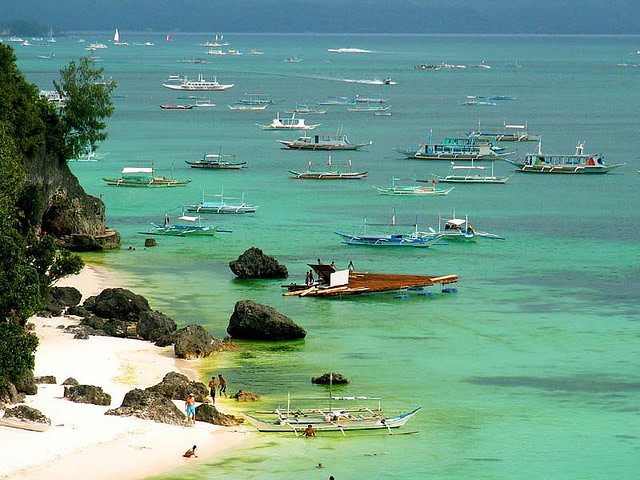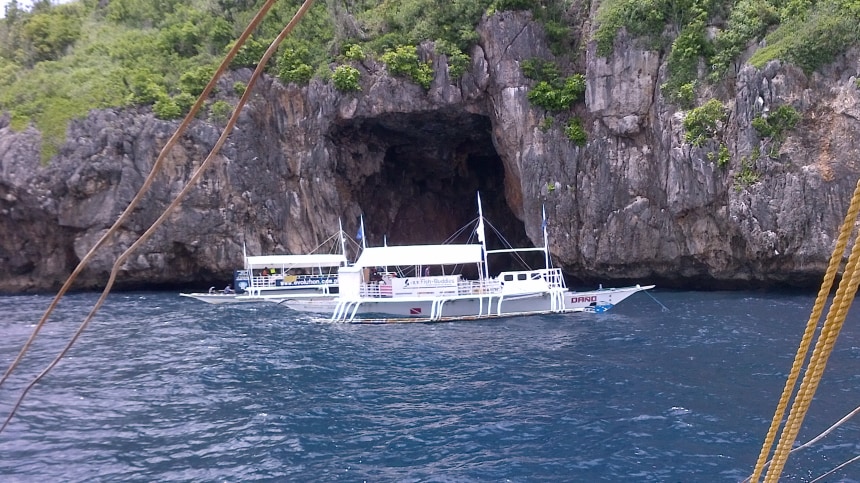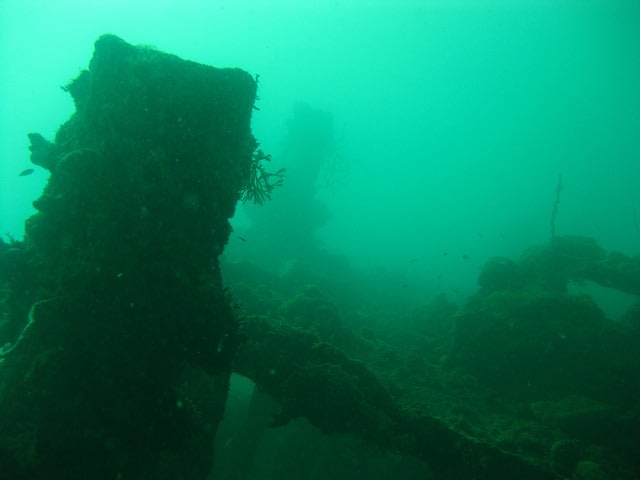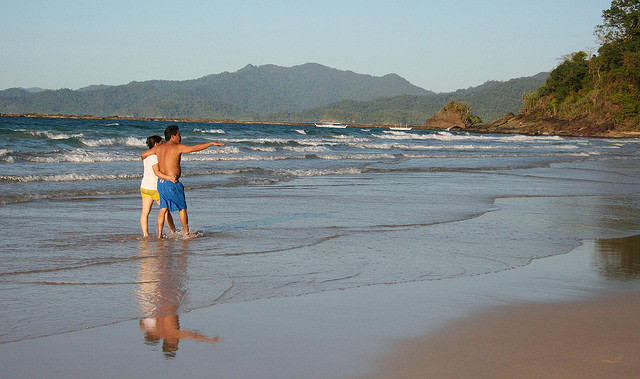| 6 mins read
Bryn Wied
The Philippine Islands are world renowned for some of the best scuba diving for all skill levels and interests. The islands are blessed by colourful coral reefs, a treasure trove of sea life, a sprinkling of shipwrecks, and the water temperature is as warm as the air. Out of the 7,107 islands that constitute the Philippines, only 2,000 of them are inhabited, which means that for the majority of the time you can enjoy diving in waters that have thankfully seen little intervention from human populations.
The sheer variety of options can make it hard to know where to start. Here are some of the best scuba diving spots in the Philippines for all kinds of divers, from beginners to experts, to honeymooners and photographers.
1. For Beginners… Diver’s Heaven, Balicasag Island
If you are new to scuba diving and looking for a gentle initiation into the marvels of underwater life, Balicasag Island, thanks to its shallow, gentle currents is the place for you. Diver’s Heaven with its convenient vertical drop from 20 feet to 120 feet and the Balicasag Cathedral brimming with everything from corals and sea turtles to reef fish are favourite recommendations of Balicasag scuba guides. Interested? Rent your equipment and join a day trip out from the popular Alona Beach.
2. For the Shark Lover... Monad Shoal, Malapascua
To see sharks up close and in action, the sunken island of Monad Shoal is where all the action is! This is the only spot in the world where divers can view the famous Fox Sharks, or Thresher Sharks, every single day, no matter when you dive. These sharks are some of the largest sharks in the world, growing up to be around 16 feet in length. The underwater shoal drops off over 700 feet into the ocean floor, and the “Shark Wall” is a great place to dive along to watch sharks swim along the drop off. It’s not a great place for a “first time” dive, but if you’re a bit more of an experienced diver, go ahead and ask your Malapascua dive guide to lead you to the Shark Point and along Shark Wall for the best sightings.
3. For Photographers...Friday’s Rock, Boracay Island
Friday’s Rock and Friday’s Reef are two diving locations that can be visited in one dive, but clearly Friday’s Rock provides the best spot for underwater photography. Friday’s Rock is one of the oldest dive sites in Boracay Island, and is a well-known spot for schools of fish to congregate and feed. The dive is only 40 to 60 feet in depth, so it’s a relatively easy dive to accomplish even for beginner scuba divers. The large underwater boulder is a popular fish feeding station for an incredibly diverse range of fish and sea creatures, and is relatively easy to access, which makes it the perfect spot for underwater photography.
There is relatively little current and the water is usually always incredibly clear. The dive spot is only about a 3-minute boat ride from White Beach, the most popular beach in the Philippines, so one can easily get to there by oneself or with a Boracay scuba dive guide. The best time to visit is when the fish are feeding, although there are several controversies around the policy of feeding fish in the wild.
4. For Daredevils...The Cave, Gato Island
Be warned: this dive isn’t for the faint of heart! If you love exploring the remote corners of the ocean, then a dive through a nearly 100 foot tunnel that runs underneath the entire length of Gato Island is just what you need to get your adrenaline going. Gato Island, a marine reserve, has several amazing dive sites, but The Cave is unlike any other. The tunnel is almost completely dark, and home to plenty of sharks, crabs, and puffer fish. It only gets about 40 feet at the deepest part, so it’s a fun and unique dive for nearly any skill level. Join a scuba diving tour at Malapascua Island, and enjoy an hour-long boat ride to reach Gato Island before commencing the dive.
5. For Shipwrecks…Iraku, Coron Bay
If you’ve dreamed of exploring underwater relics, Coron Bay is the perfect place to scuba dive. There are a handful of ships and boats that were sunk in WWII era, but of all of them Iraku is the most visible and intact of the shipwrecks. The wreck is at the mouth of the harbor, and because of its large size, it’s a great wreck to explore for all scuba diving skill levels. The less experienced divers can enjoy simply floating above the wreck, while more experienced technical divers can engage a scuba diving guidebuddy to take them deep into the perfectly preserved engine room and lower compartments of the ship.
6. For Honeymooners...Sabang Beach, Mindoro Island
Shore diving or diving from the shore can be a blessing; no diesel fume boats waiting to ferry divers, no time schedules and, most importantly the knowledge that underwater treasures await you right at your doorstep. Sabang Beach is a great starting point. The beach is perfect for honeymooners, with plenty of beachside resorts where one can literally walk out of the hotel room and straight into the ocean, rich with sharks, eels, and miles of coral reefs in shallow waters. To add some shipwrecks to the experience, Sabang dive guides will take you upto the Sabang Wrecks just up the coast and off the shore of Puerto Galera. These wrecks are shallow enough for beginner scuba diving and even snorkeling, and are within swimming distance from the beach.
Bryn Wied is a full time travel writer/blogger from Lake Tahoe, California. She's authored several travel eBooks and her work has been featured on many travel websites and publications. When she's not writing, she's usually on the road traveling across the world with her hubby, Matt and their daughter, Jamison.
Image Details and Licenses: https://flic.kr/p/kZdB5A (q phia, CC BY 2.0), https://flic.kr/p/p6c5vA (Klaus Stiefel, CC BY-NC 2.0), https://flic.kr/p/Qr31V (Storm Crypt, CC BY-NC-ND 2.0), https://flic.kr/p/arZ8Lq (Matt Kieffer, CC BY-SA 2.0), https://flic.kr/p/b7Musv (brownpau, CC BY 2.0), https://flic.kr/p/7K1KDG (Carrie Kellenberger, CC BY 2.0)https://flic.kr/p/xkheL4 (Arun Katiyar CC BY-SA 2.0)


